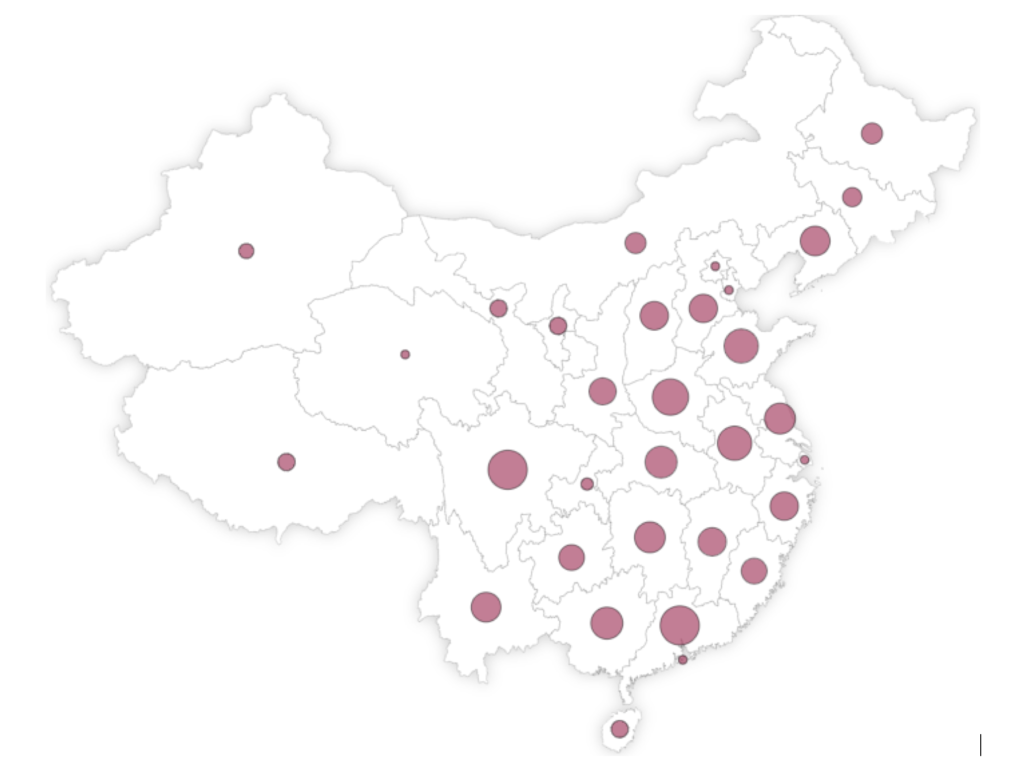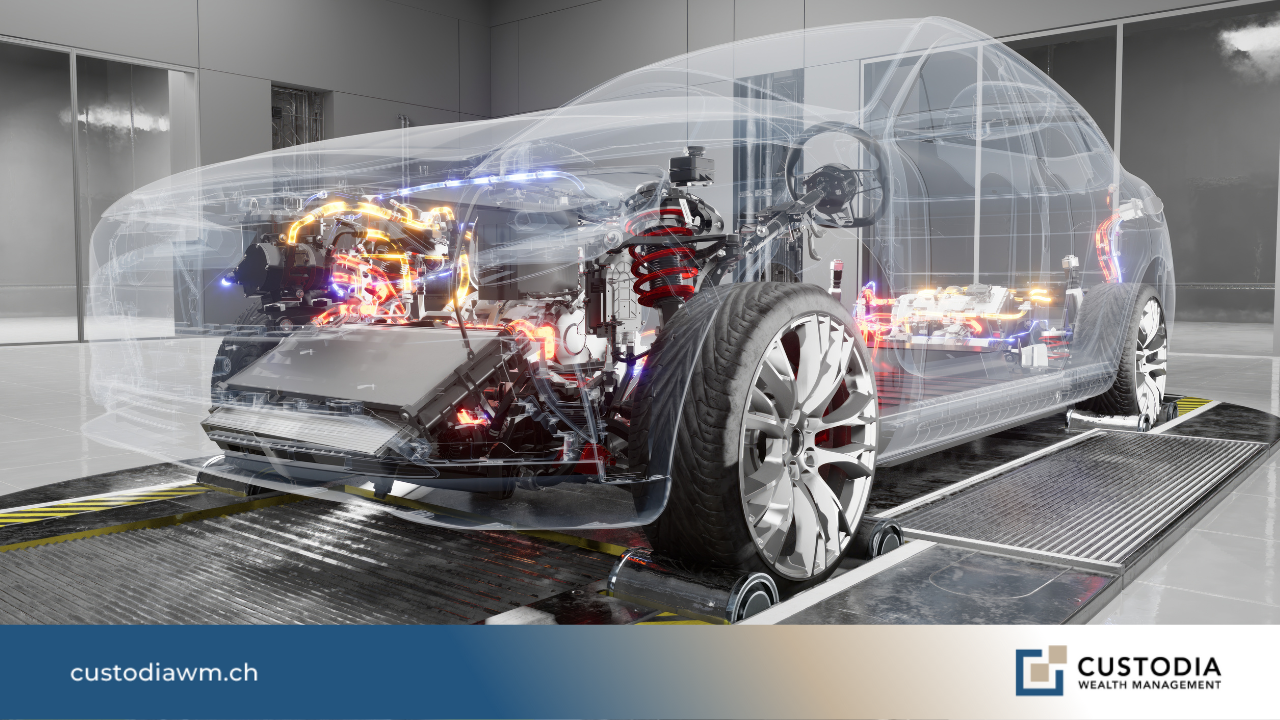The long-standing problem of electric car batteries has led to a new challenge within China: should the country focus on fast-charging batteries or battery replacement? While fast charging is a very clear concept, battery replacement is perhaps not so clear: the depleted battery is replaced with a fully charged one at a special service station where robots with mechanical arms take care of the replacement, while sensors check the hardware and software of the vehicle, as well as the replaced battery.
Nio Inc, a Chinese start-up listed on Nasdaq (via ADR), already has more than 3,000 installations in China spread across 285 cities (see map below).

To better understand what we are talking about, here is a video explaining how a battery exchange station works. It looks very similar to a current service station for filling the tanks of cars with internal combustion engines, but it provides extremely different functions. The concept of refueling also changes because the car owner will no longer own the battery but will rent it from service stations, which will become veritable electricity reserves that can decide to refuel when prices are low and resell when they rise, thus adding a speculative aspect to this type of core business. Not to mention that since the battery is no longer part of the vehicle’s ownership, the cost of the vehicle itself will benefit in terms of a significant reduction in its retail price: the battery is in fact the main and most expensive component of an electric car, especially if you focus on fast-charging batteries (no more than 5 minutes), which require not only much more advanced and expensive technologies, but also infrastructure investments in the energy distribution network, given that it is necessary to ensure a widespread presence of charging stations, which should also be installed in the homes of electric car owners, which is not currently the case in the Chinese market.
For this reason, the two solutions should not be considered antagonistic: this is also demonstrated by the fact that the Chinese authorities are supporting investments in both power lines with various types of incentives. There is also the position of CATL, which has risen to the rank of Chinese (and probably global) leader in the field of battery production, particularly fast-charging batteries, surpassing BYD: the management has decided to strategically focus on battery replacement technology to complement the fast-charging solution.
The progress made by CATL, and by the Chinese industry in general, in the field of fast-charging batteries is impressive when compared to battery life, where CATL’s new generation Shenxing will definitely be the star, promising to reach a charge for 800 km in less than 6 minutes.

Table 1. Comparison of battery performance in some electric cars.
In addition, CATL is at the forefront of combining lithium with sodium ions as a new base material for battery construction, making the industry less dependent on rare earths and batteries more resistant to low temperatures: on this website, you will find a good overview of the difference between lithium and sodium with an interesting explanatory video.
However, CATL executives do not hide the problems associated with replacement technology. Once fully operational, China should have at least 30,000 replacement stations competing with over 100,000 fossil fuel pumps; otherwise, there is a risk of not being able to guarantee an effective and efficient transition to electric cars. But obviously, a replacement station has significant costs that are certainly not comparable to those of charging stations.
Finally, there is the issue of compatibility. Electric car manufacturers who decide to focus on battery replacement will have to design vehicles that are compatible with a single battery model, otherwise the spread and coverage of service stations would be meaningless. In essence, agreements and synergies with manufacturers are necessary, and some seem to have already ruled out the replacement option in favor of fast-charging batteries.
It seems clear to us that China has embarked on a very clear medium- to long-term strategy for the electric car sector, which must certainly be combined with substantial investments in alternative energies that position it practically among the world leaders in the ecological transition, on a par with virtuous economies such as Canada and the northern European countries.
Disclaimer
This post expresses the personal opinion of the Custodia Wealth Management contributors who wrote it. It does not constitute investment advice or recommendations, personalized advice, and should not be considered an invitation to carry out transactions on financial instruments.


